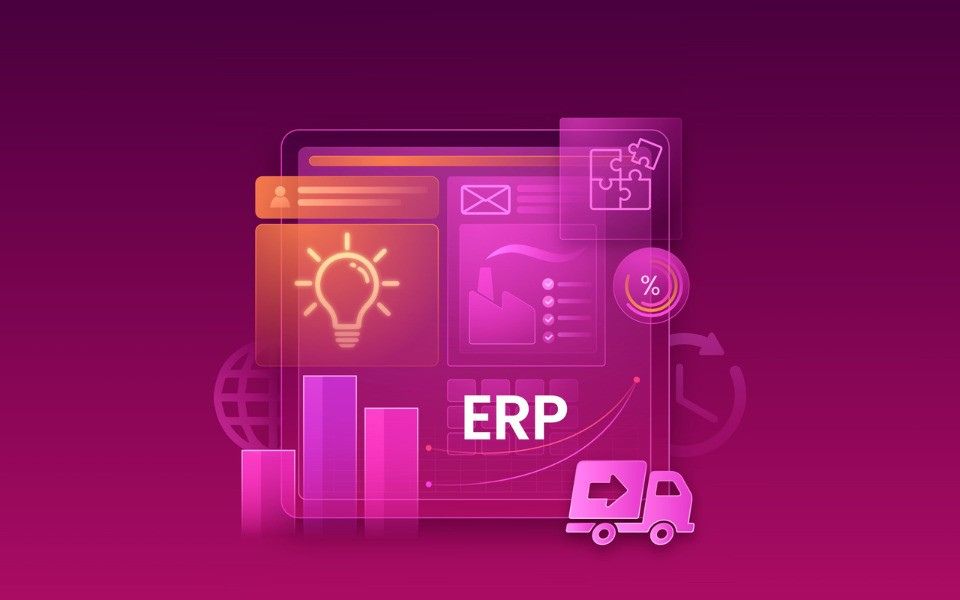
Globally, software development companies are harvesting gains by meeting ever-changing customer needs. The adoption of agile software development has made it possible. As opposed to the legacy waterfall model where your client or customer gets to check your project status only after it is completed, agile methodologies split a project into sprints or small chunks, enabling the customer to view it at each stage and recommend changes.
Agile methodologies empower custom software development services by fostering collaboration among stakeholders, facilitating rapid iterations of the product design and build process and reducing the risk associated with large project scope uncertainty. Agile methodologies have reshaped software development services by promoting flexibility when responding to changing customer needs or unexpected technical issues that may arise during a project.
What are the stages involved?
The core of agile development is a collaboration among teams, customers and stakeholders to achieve a common goal. The process is divided into four general stages:
1. Planning and Design – In this process, a project plan is created to outline the scope, timeline, objectives and deliverables of the project. Additionally, user stories are written to document customer requirements.
2. Development – At this stage, the developers at any software development company code according to these specifications and test for any bugs or issues before deploying it to customers or end-users. To ensure successful implementation, stakeholders collaborate with the development team throughout the testing and deployment stages.
3. Testing - Once development is done, testing starts to find any glitches or problems with how it works before it goes live. Agile approaches encourage ongoing testing which provides quick feedback and helps resolve issues quickly.
4. Deployment - After the product passes testing and receives approval from stakeholders, it is ready to be released to customers or end-users. Additionally, this stage includes continual observation of the software's performance to detect any potential issues that may arise later on.
Benefits of Agile Methodologies
Agile methodologies offer a string of benefits over traditional project development approaches such as Big Bang methodology, Prototype model and Waterfall methodology. One striking advantage is flexibility as changes can be made easily across the project lifecycle without having a major impact on timelines or budgets. Here are the key benefits of onboarding agile methodologies for software development projects:-
1. Creating superior quality products:
Agile methodology has been producing excellent outcomes, such as software and applications of superior quality created at lower costs. When using agile techniques, the agile software development team does not attempt to create all product components simultaneously, which is different from the traditional project management strategy. Instead, it divides the task into smaller pieces that can be managed more easily and executed one step at a time with each phase of creation.
2. Improve Customer Satisfaction:
The Agile methodology puts customer satisfaction as its top priority, providing valuable software solutions early and consistently. Success is not measured by how well-written the code is, but rather by whether or not customers are pleased with the extra features/functions. If they fail to meet their desired business objectives, then it cannot be considered a successful project.
3. Mitigate Risks:
Risk factors are minimal when you use agile methodologies. Risk management is a process that takes place throughout the product development cycle. At the beginning of the project, risks are identified at an elevated level and then examined using multiple checklists to determine what will work best for businesses. This allows continuous iterations to occur which helps minimize failures and flaws. When Scrum teams identify risks, action plans are created accordingly.
4. Improvised Project Predictability:
Projects become more predictable due to the shorter duration of software development cycles. Agile teams can work within these set intervals, known as sprints. This method allows for easier tracking of team progress and better allocation of resources thanks to the predicted time frames.
5. Decreased Time-to-Market:
Using Agile approaches to construct software applications often results in them running more quickly than usual, mainly due to their capability of prioritizing tasks. During the product design stage, teams can break down their end product into smaller parts and determine which functionalities must be included for launch. Implementing Agile into development methods provides a better-tested and functioning product with reduced go-to-market time.
Agile will create more powerful solutions in future
The use of agile methodologies has grown significantly in the past ten years and is expected to continue growing as organizations embrace digital transformation and new technologies. Going forward, we can expect refinements to existing agile processes as well as the introduction of new frameworks such as DevOps and Lean Startup methodology. As technology and business evolve, agile practices may be adapted or blended with other approaches for even more powerful solutions.
Want to start a project?
Get your Free ConsultationMost Viewed Blog Posts
© 2024 CSM Tech Americas All Rights Reserved




















































